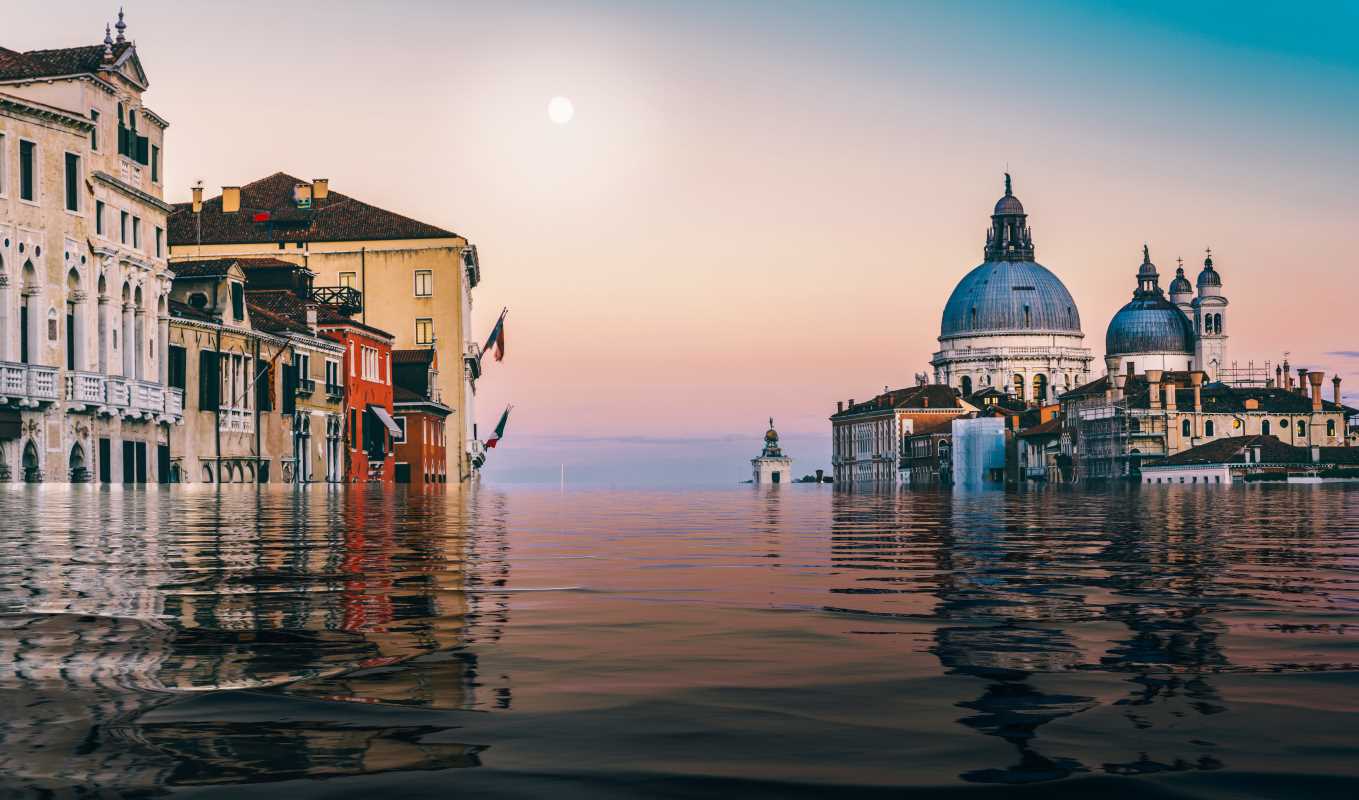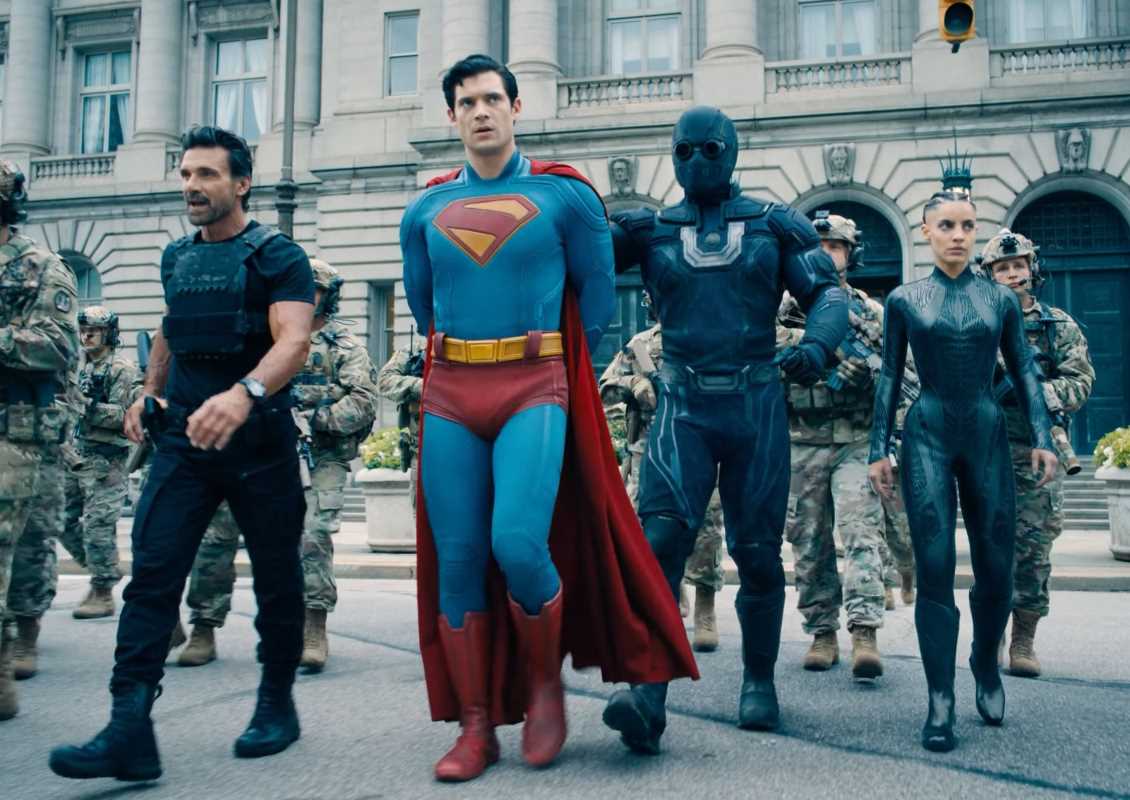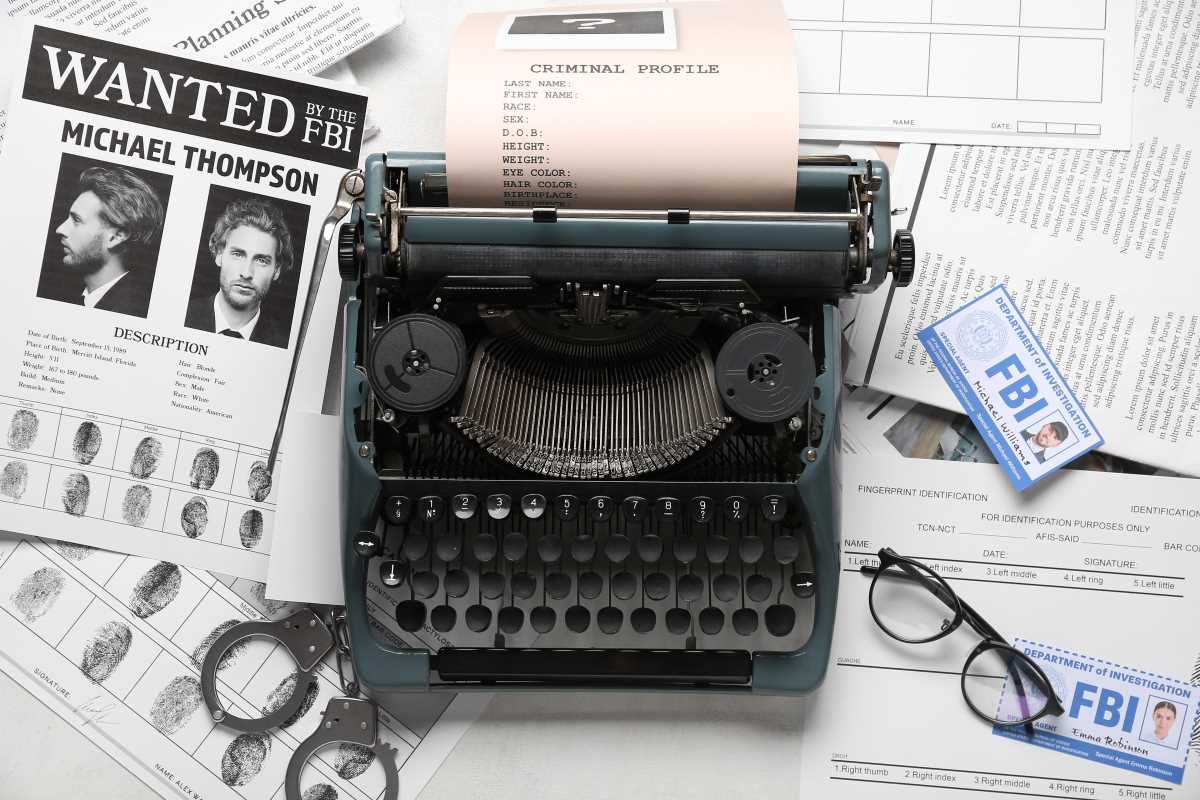Picture this: a world where freedom is taken away, technology dominates every aspect of life, or humanity is fighting to survive amidst chaos. Sounds intense, right? Well, that’s the core of dystopian novels. These stories are gripping, thought-provoking, and often terrifyingly relatable. Over the years, dystopian books like The Hunger Games, 1984, and The Handmaid’s Tale have gained huge popularity, especially during uncertain times. But why is that?
When the world feels unpredictable and societal issues are hard to ignore, people often turn to fiction to make sense of reality. Dystopian novels don’t just show us the darkest possibilities; they also give us the tools to think critically about the future we want to avoid. Whether you’re a longtime fan of dystopian stories or just starting to explore the genre, understanding their rise in today’s uncertain world is as fascinating as the books themselves.
Now, let's break down why these novels resonate so deeply, explore some standout examples, and take a closer look at how they connect to the world we live in.
Why Dystopian Novels Are Thriving
1. A Mirror of Society
One of the biggest reasons dystopian novels resonate is that they often reflect real-world fears. These stories use futuristic or alternate settings to explore issues that feel pressing right now, like government overreach, climate change, or economic inequality. For example, George Orwell’s 1984 may seem extreme, but its depiction of surveillance and manipulated truth feels disturbingly similar to today’s concerns about privacy and “fake news.”
By exaggerating societal problems, dystopian stories help us see the cracks in our own world. They aren’t just wild “what if” scenarios; they’re cautionary tales, asking us to pay attention before it’s too late.
2. They Tap Into Uncertainty
The past few years have been marked by constant upheaval—from global pandemics to political unrest to economic instability. For many people, these shifts have made the future feel uncertain, even scary. Dystopian novels thrive on that feeling. Their worlds are often chaotic and unpredictable, which mirrors how many of us feel in reality.
Interestingly, reading about those situations can actually help. Seeing fictional characters confront dystopian challenges and fight back gives readers a sense of catharsis, maybe even hope. After all, if Katniss Everdeen can survive The Hunger Games, maybe we can tackle real-life challenges, too.
3. They Ask Big Questions
What would the world look like if society collapsed? What makes a government just? How far would you go to protect your rights or safety? Dystopian novels thrive on these deep, moral questions, and readers are drawn to that complexity. We may not face the exact same scenarios as the characters, but these books force us to think about what we value most and how we’d act when pushed to the brink.
Modern Dystopian Favorites
While dystopian fiction has been around for decades, some novels have truly captured the zeitgeist in modern times. Here are a few standout examples and why they matter.
The Hunger Games by Suzanne Collins
Collins’ trilogy turned dystopian fiction into a cultural phenomenon. Set in a future world where the rich elite live in luxury while impoverished districts must compete in deadly games for survival, The Hunger Games tackles issues like wealth inequality, media manipulation, and the ethics of power.
Why it resonates: The story reflects real-world issues, from economic divides to the way entertainment can sometimes distract us from bigger problems. It’s also an inspiring story of rebellion and resilience, themes that deeply connect with readers, especially during turbulent times.
The Handmaid’s Tale by Margaret Atwood
Though originally published in 1985, The Handmaid’s Tale has seen a massive resurgence in recent years, thanks in part to the Hulu TV adaptation. Atwood imagines a world where women’s rights are stripped away under a theocratic regime, focusing on the harrowing experiences of one woman, Offred.
Why it resonates: Atwood’s story feels eerily possible to many readers, particularly as debates about women’s rights and bodily autonomy remain at the forefront of societal conversations.
Station Eleven by Emily St. John Mandel
Set in the aftermath of a global pandemic, Station Eleven explores life, art, and humanity in a world forever altered. It follows a group of characters whose lives intertwine before, during, and after the collapse of civilization.
Why it resonates: Released years before COVID-19, the novel still feels hauntingly current today. Its message about resilience and the importance of art in dark times strikes a powerful chord.
Divergent by Veronica Roth
Roth’s YA series takes place in a world where society is divided into factions based on personality traits. Though it’s action-packed and full of twists, the series also explores themes like identity, conformity, and the dangers of a divided society.
Why it resonates: At its core, Divergent tackles the universal struggle of finding where you belong, something that appeals to both teens and adults alike.
Dystopia Meets Reality
What’s striking about dystopian novels is how closely they connect to real-world trends and events. Here’s how fiction and reality often overlap within the genre.
1. Climate Anxiety and Eco-Dystopias
With climate change increasingly threatening the planet, eco-dystopian novels have surged in popularity. Books like The Road by Cormac McCarthy or The Parable of the Sower by Octavia E. Butler imagine worlds ravaged by environmental disasters. These stories show the potential consequences of inaction and stress the importance of community and adaptation.
2. Technology and Surveillance
From Orwell’s 1984 to Dave Eggers’ The Circle, dystopian novels frequently explore how technology is used to monitor, control, or manipulate society. These fears aren’t unfounded, especially as we grapple with issues like data breaches, social media algorithms, and facial recognition technology.
3. Social Inequality Explored
Many modern dystopias highlight concerns about growing inequality. Stories like Snowpiercer (technically both a film and graphic novel) portray class struggles in extreme settings, drawing attention to the divide between the wealthy and the poor.
Why We Need These Stories
You might think dystopian fiction paints too bleak a picture, but these stories are far from hopeless. They remind us that humanity has endured challenges before and can rise again, even in the darkest of times. Here’s why they’re vital reading material.
- They Make Us Think: Dystopian novels aren’t just entertaining; they’re thought experiments that push us to question the status quo.
- They Teach Us Resilience: Watching characters fight against oppressive systems can inspire readers to stand up for their own beliefs.
- They Give Us Warnings: By imagining worst-case scenarios, dystopias urge us to address societal problems before they become too big to fix.
 (Image via
(Image via





